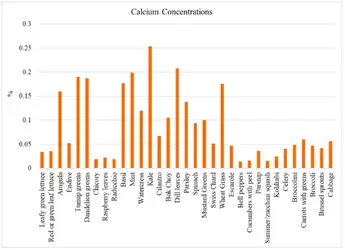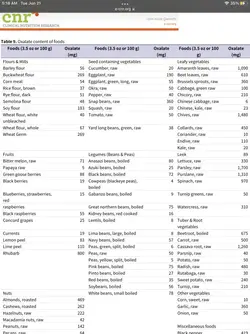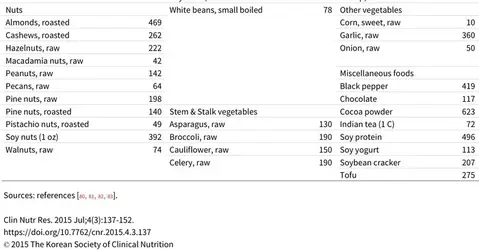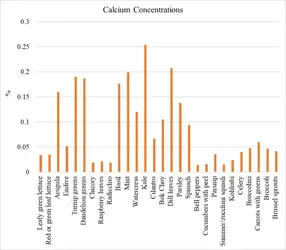Princess Dustmop
Adult Guinea Pig
- Joined
- May 1, 2022
- Messages
- 1,159
- Reaction score
- 1,422
- Points
- 705
- Location
- United States (New England)
What is deemed to be high calcium in a vegetable. I'm happy to look up nutrition for whatever, but I guess I don't know what the thresholds are for daily, weekly, occasionally, etc. Is there a mg/100g level I could go by? I've had piggies for a while, and I guess I've had a sense of what's what, and I have perused the guides and all, but my science brain is going into takeover mode, so ... humor me?
For reference, bell pepper is about 6mg per 100g; romaine lettuce and snap beans are about 35mg calcium per 100g; broccoli is about 48mg (broccoli rabe is more like 108mg); spinach and cilantro are about 68mg; and parsley is about 138mg.
As far as I know, my current piggies have no unusual dietary restrictions beyond their own pickiness. (The princess is not so sure about many of what made up previous piggy favorites ... I guess royal dustmops have different palates.)
For reference, bell pepper is about 6mg per 100g; romaine lettuce and snap beans are about 35mg calcium per 100g; broccoli is about 48mg (broccoli rabe is more like 108mg); spinach and cilantro are about 68mg; and parsley is about 138mg.
As far as I know, my current piggies have no unusual dietary restrictions beyond their own pickiness. (The princess is not so sure about many of what made up previous piggy favorites ... I guess royal dustmops have different palates.)




